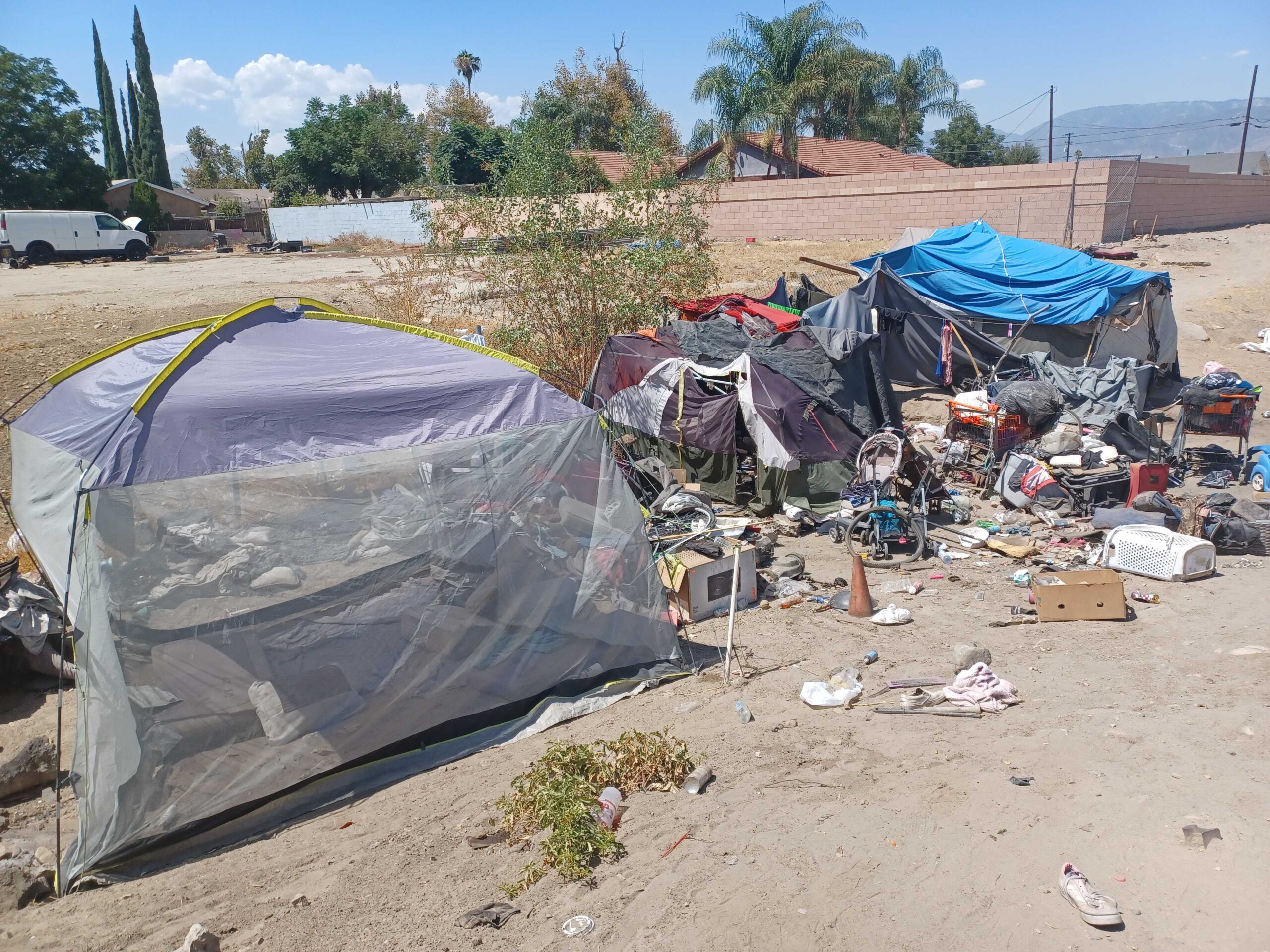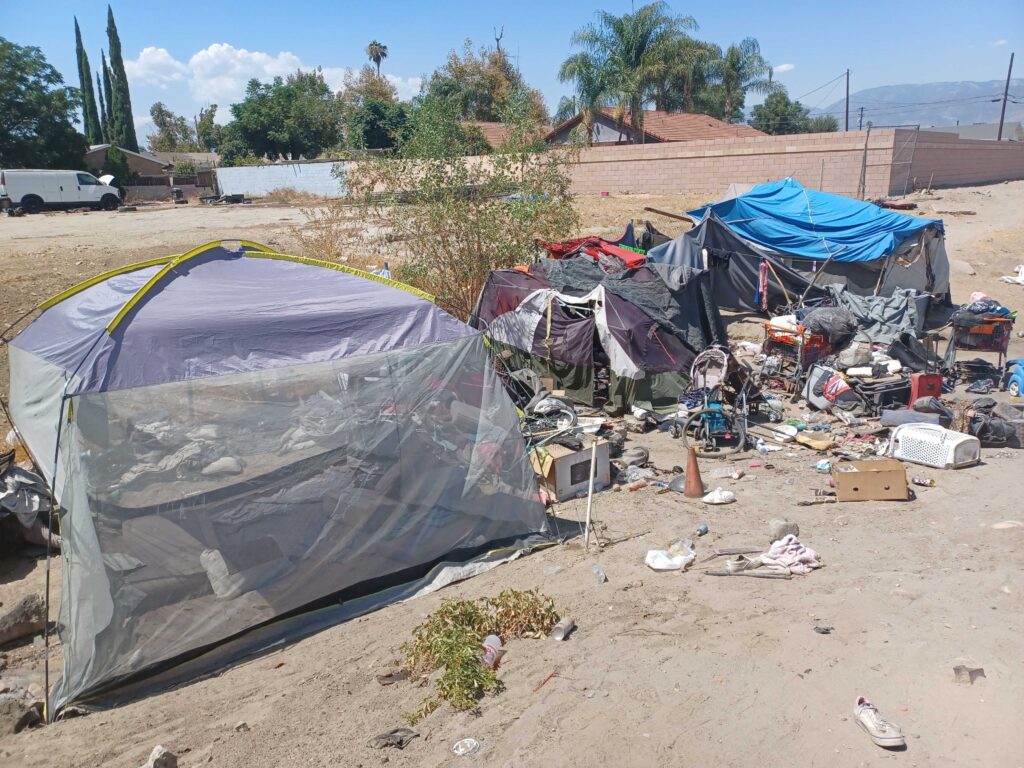
When Managing Mental Health & Homelessness, this California county stands out with respect to lack of bed availability.
Data sourced from 2021 HUD Performance Metrics

Every year, the Federal government through the Department of Housing and Urban Development (HUD) offers billions of dollars to provide county services needed funding for mental health and homeless services, most of which is focused on available emergency shelter beds. These County-level entities are called ‘Continuum of Care’, which is a term that unifies various services for individuals suffering homelessness, mental illness and often both.
Hereinafter, this article will refer to them as ‘COC’s’. COC’s nationwide vie for much needed federal funds and as asked to compete for said funding.
Like mentioned above, these COC’s offer worthwhile services catered to the most vulnerable: homeless individuals who are often comorbid for mental illness and substance abuse. These awards, however, are issued to counties, essentially, with no-strings attached; the only requirement is that basic demographic data on recipients and services provided be entered into a federal database called ‘HMIS’ (Homeless Management Information Services).
There are vast differences between counties. Most relevant to California is how ineffective their COC’s are relative to other out-of-state COC.
San Bernardino Receives A Generous Budget, But Lacks Results in Terms of Shelter Beds
According to the Department of Housing and Urban Development for the year of 2021, the County of San Bernardino spent $14,825,115 in the provision of emergency shelter beds reaching a total capacity of 747 total beds of which 622 beds are occupied
Lower Budgets, Better Results: Minneapolis, Honolulu – Las Vegas?!
In contrast, the Minneapolis/Hennepin County Continuum of Care receives $14,366,990, which is almost half a million dollars less than the county of San Bernardino, but is able to provide a capacity of 2635 emergency shelter beds for psychiatric purposes. Additionally, the problem may not be lack of cheap land masses or lack of willing builders, as a county based on an island state, like Hawaii’s Honolulu County, is able to provide 2247 beds with a budget of $14,018,071 despite the very real possibility of running out of spaces.
Clark County, the home of ‘Sin City’ Las Vegas, has a budget that is only only around 800k more is able to provide 2475 beds. Put another way, Las Vegas’ Clark County only has 5 percent more in resources, but is able to provide nearly 70 percent more capacity. This suggest that if Clark County had San Bernardino’s budget, not much would change with their bed capacity and the could provide approximately 2270 beds. As a crude thought experiment, dividing HUD’s COC award funding evenly over the number of beds offered is costing 3x less in Clark County, 6305 dollars per bed. This is very different from San Bernardino’s cost which is a whopping 19,200 dollars per bed, assuming they are managing the same kind of outreach, staffing and administrative costs.
Effectiveness: Honolulu Uses Beds To Capacity While San Bernardino Uses 83 Percent of Available Beds
Many times counties are also measured on how effectively they are able to implement whatever resources are available to them. For example, a county must find a way to spend whatever money is allocated or return this resource to the federal government.
San Bernardino County is only able to fill 83% of its beds, but Honolulu is able to fill 100% of its 2247 beds. Some counties may fall below those levels possibly because they built out too much capacity, which is a good thing relative to their local needs.
Proactive Bed Planning
In Minneapolis/Hennepin County’s CoC, the 75% out of 2635 beds could indicate a robust capacity that can be tailored down or otherwise optimized. In fact, while Hennepin County’s occupancy rate has gone down slightly, their total need has gone up in Hennepin County. In 2020, Hennepin County was using 77% out of 2374 beds available. This year’s 75 percent is out of a larger share of beds suggesting that the county simply wants to stay ahead of the problem.
Needless to say, San Bernardino does not evoke a ‘proactive’ policy or forward thinking at the moment.





